Butterfly pleco - Dekeyseria brachyura
Scientific name: Dekeyseria brachyura
Common name: Butterfly pleco
Family: Loricariidae
Usual size in fish tanks: 12 - 15 cm (4.72 - 5.91 inch)
014
Recommended pH range: 5.5 - 7.2
Recommended water hardness: 3 - 18°N (53.57 - 321.43ppm)
0°C 32°F30°C 86°F
Recommended temperature range: 24 - 28 °C (75.2 - 82.4°F)
The way how these fish reproduce: Spawning
Where the species comes from: South America
Temperament to its own species: peaceful
Temperament toward other fish species: peaceful
Usual place in the tank: Bottom levels
Origin
The Butterfly Pleco (Dekeyseria brachyura) is native to South America, specifically inhabiting the fast-flowing waters of the Rio Negro, a major tributary of the Amazon River. This region is known for its soft, acidic waters and rich biodiversity. The Butterfly Pleco thrives in these turbulent environments, where oxygen levels are high due to the constant movement of water. These conditions should be replicated as closely as possible in the aquarium to ensure the fish remains healthy and active.
Lifespan
With proper care and optimal conditions, the expected lifespan of the Butterfly Pleco ranges from 5 to 8 years. Consistent water quality, a suitable diet, and a well-oxygenated environment are essential for maximizing their lifespan in captivity.
Short Description
The Butterfly Pleco is a beautifully patterned fish known for its ability to darken or lighten its coloration to blend into its surroundings. This adaptive camouflage helps the fish feel secure, but it can also affect its vibrancy. By providing the right décor, such as rocks and driftwood, you can help the Butterfly Pleco maintain its brighter coloration. While they are generally peaceful, they can be mildly territorial toward their own species, although any aggression usually results in nothing more than a brief chase around the tank. They are well-suited for community tanks but should be housed with other peaceful species.
General Care
In their natural habitat, Butterfly Plecos are found in fast-flowing, well-oxygenated waters. To mimic this environment in the aquarium, it is important to create water movement. Using powerheads or adjusting the outlet of your filtration system to break the water surface will help increase oxygen levels. These fish also require plenty of hiding spots to feel secure, especially when first introduced to the tank. Provide ample cover using rocks, driftwood, or caves, as these structures will offer the Pleco safe retreats. Over time, they will become more comfortable and active. Plants can be added to the setup, but make sure the substrate is soft and free of sharp edges to avoid injuries. Regular water changes are essential for maintaining water quality, which is crucial for the health of this species.
Food and Feeding
In the wild, the Butterfly Pleco primarily feeds on algae, so it’s important to replicate this diet in captivity. Provide plenty of vegetable matter, such as blanched zucchini, cucumber, or spinach. Sinking algae wafers are another excellent food option. Additionally, wood should be included in the tank setup as they will occasionally graze on it, aiding their digestion. While primarily herbivorous, the Butterfly Pleco will also appreciate occasional protein-based treats like sinking shrimp pellets or other prepared pleco foods. Maintaining a varied and balanced diet will help keep them healthy and vibrant.
Sexing
Sexing Butterfly Plecos becomes possible as they mature. Male Butterfly Plecos develop more pronounced pectoral spines, and the odontodes (small, tooth-like growths) on their snout area become more prominent than those of the females. Females tend to have a rounder, fuller body shape, especially when carrying eggs.
Breeding
Butterfly Plecos are considered one of the easier pleco species to breed in captivity. To encourage breeding, provide plenty of caves or pipework in the tank, as the male will choose one of these as the spawning site. Once the female lays her eggs inside the cave, the male will take over, fanning the eggs to keep them oxygenated and guarding them from predators. The eggs will hatch in about 5-7 days, depending on water temperature, and the fry will remain in the cave under the male's protection until they are fully formed and free-swimming. After the fry leave the cave, they can be fed the same diet as their parents, such as algae-based foods and finely chopped vegetables. The biggest challenge in raising the fry is maintaining pristine water quality, as they are highly sensitive to poor conditions. Daily water changes are recommended during the early stages, gradually reducing as the fry grow.
Pictures
Bought by aqua-fish.net from jjphoto.dk.
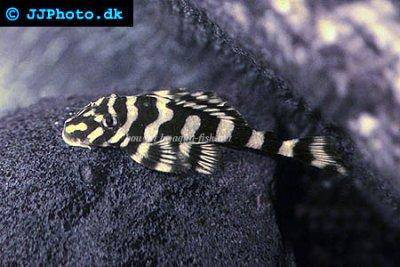






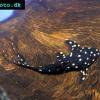 Adonis
Adonis  Lyre
Lyre 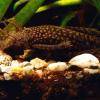 Bristlenose
Bristlenose  Gold
Gold 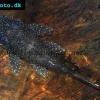 Bushymouth
Bushymouth 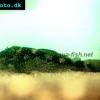 Spotted
Spotted  Medusa
Medusa 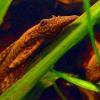 Bristlenose
Bristlenose  Starlight
Starlight  Spotted
Spotted  Catfish
Catfish  Bushynose
Bushynose 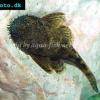 Bristlenose
Bristlenose  Green
Green 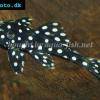 LDA-33
LDA-33 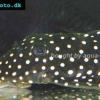 Snowflake
Snowflake 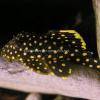 Gold
Gold 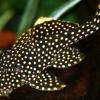 Gold
Gold 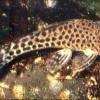 Bulldog
Bulldog  Dasyloricaria
Dasyloricaria 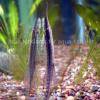 Whiptail
Whiptail 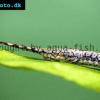 Amazon
Amazon 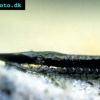 Twig
Twig 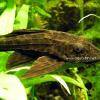 Spotted
Spotted 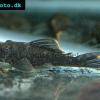 Spotted
Spotted 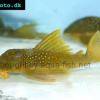 Lemon
Lemon 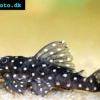 Pleco
Pleco  Peruvian
Peruvian 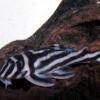 Zebra
Zebra  Pleco
Pleco 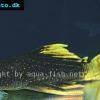 Hypostomus
Hypostomus 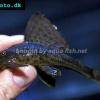 Pleco
Pleco  Suckermouth
Suckermouth  Spotted
Spotted  Woodeating
Woodeating  Golden
Golden  Sultan
Sultan  Multiradiatus
Multiradiatus 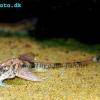 Marbled
Marbled 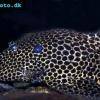 Pleco
Pleco 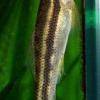 Dwarf
Dwarf  Dwarf
Dwarf  Dwarf
Dwarf  Oxyropsis
Oxyropsis 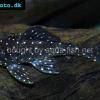 Orange
Orange  Blue
Blue 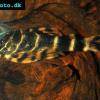 Clown
Clown 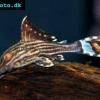 Royal
Royal  Blue
Blue 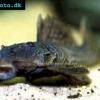 Rubber
Rubber  Goby
Goby 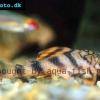 Wormline
Wormline 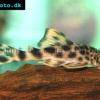 Para
Para 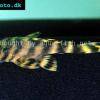 Tiger
Tiger 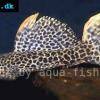 Leopard
Leopard  Spiny
Spiny  Marbled
Marbled 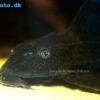 Amazon
Amazon 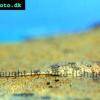 Common
Common  Sunshine
Sunshine 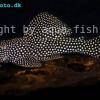 Golden
Golden